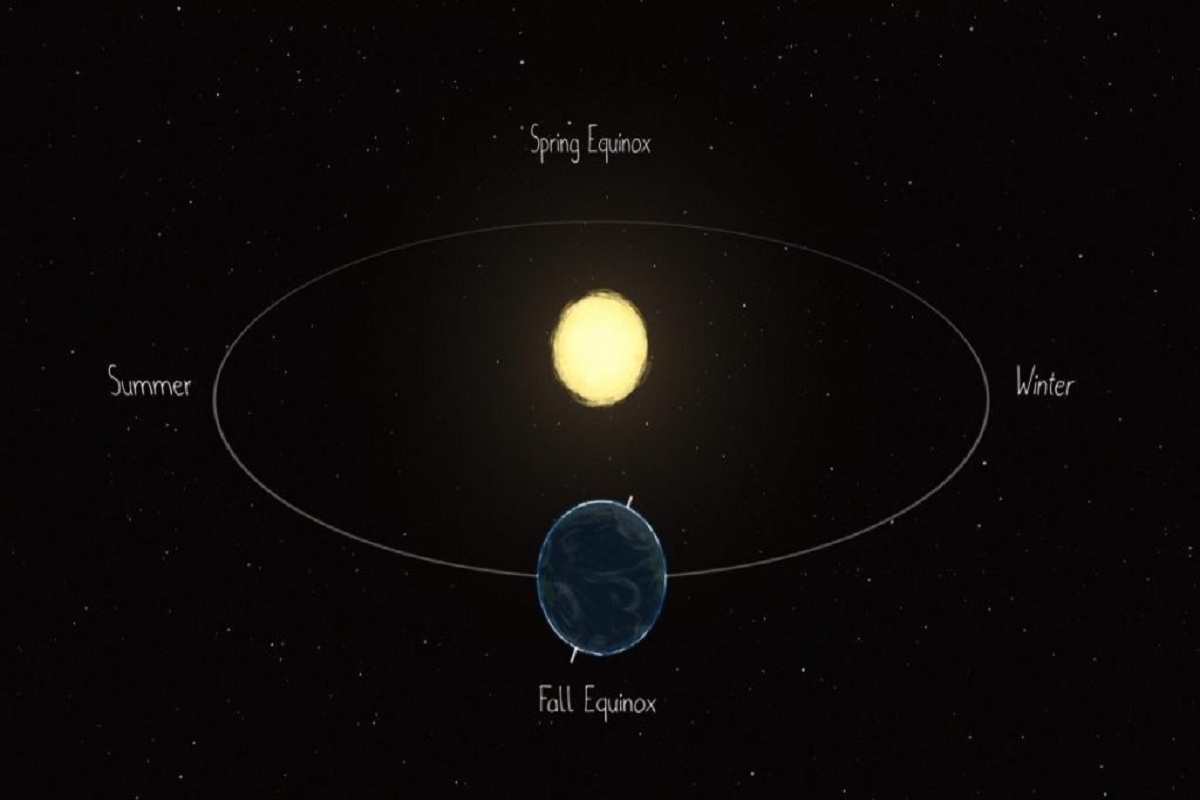September (or Fall) equinox, occurring on Wednesday, marks the astronomical autumn season for people living in the Northern Hemisphere and astronomical spring season for those in the Southern Hemisphere.
Equinox comes from the Latin words equi, which means “equal” and nox, which means “night”. The astronomical event is caused by Earth’s tilt on its axis and its motion in orbit around the Sun.
Advertisement
On Wednesday, the Sun will be exactly above Earth’s equator, moving from north to south, making day and night nearly equal in length — about 12 hours — throughout the world, said US space agency NASA in a blog post.
Advertisement
The astronomical event will also be witnessed in India on Thursday (September 23), as the country is also part of the northern hemisphere.
The phenomenon — the spring and fall equinoxes — happens twice in Earth’s year-long trip around the Sun.
While on these days the Sun shines almost equally on the Northern and Southern hemispheres, the rest of the year it shines unevenly over the two regions. That’s because Earth’s axis is tilted with respect to the Sun-Earth plane.
Spring twilight at the North Pole begins a few weeks before the vernal, or spring, equinox in March, when the Sun rises above the horizon again, the blogpost said.
Further, the September equinox, in the Northern hemisphere, also marks the start of a period bringing late sunrises and earlier sunsets. The days will feel cooler with chillier winds, and dry, falling leaves.
“In the coming days, the Sun will sink below the horizon, in the North Pole, for a kind of twilight from now until sometime in October when it will be completely dark,” according to NASA solar scientist Mitzi Adams.
The phenomenon was well understood by our ancient ancestors who used the sky as a clock and calendar, instead of the modern-day clocks, satellites, and technology.
They knew that the Sun’s path across the sky, length of daylight, and location of sunrise and sunset all shifted in a regular way throughout the year. In addition, earlier civilisations built the first observatories, like Stonehenge in Wiltshire, England, and the Intihuatana stone in Machu Picchu, Peru, to follow the Sun’s annual progress, the blogpost said.
Advertisement











